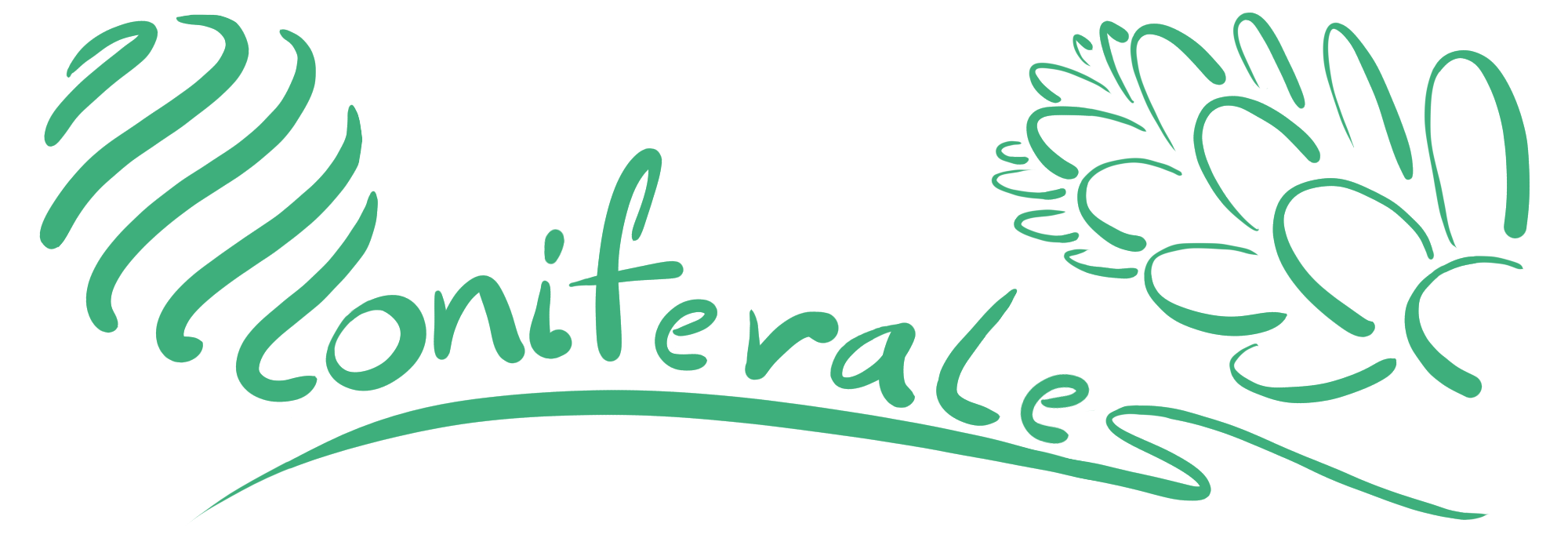Cupressaceae Diselma archeri Hook. f.
Etymology
Diselma refers to ‘two seats’; indicating the opposite pairwise arrangement of fertile seed scalesof the seed cone.
archeri refers to W. Archer, who studied Tasmanian flora.
Colloquial Name
Cheshunt pine
Distribution
This map shows botanical records (points) for this taxon. By opening the map’s sidebar (collapsed by default) you can toggle visibility or change the basemap. By clicking on records, you reveal more information.
Habitat
The natural habitats for Diselma archeri are temperate shrublands. It is naturally found at an elevation of at least 550 up to 1400 metres. Other conifers associated with Diselma archeri are:
- Pherosphaera hookeriana
- Microcachrys tetragona
- Podocarpus lawrencei
- Athrotaxis cupressoides
- Phyllocladus aspleniifolius
USDA Hardiness zone – 8
Diselma archeri is hardy to USDA Zone 8 (Bannister & Neuner, 2001), meaning its frost tolerance lies somewhere in the range of -12.2C (10F) to -6.7C (20F).
Species Continuity
The population trend for Diselma archeri is stable. There are no known threats for Diselma archeri.
IUCN Category – LC
According to the IUCN Red List, Diselma archeri has been assigned the status of LC(Least Concern). This means that according to the Red List criteria, this species is not qualified as threatened.
Superordinate Taxa
The nearest superordinate taxon for Diselma archeri is Diselma. Because Diselma contains only one species, this taxon is considered as monotypic.Diselma archeri is further placed under Cupressoideae. Diselma archeri is also placed under Cupressaceae.
This map shows botanical records (points) for this taxon. By opening the map’s sidebar (collapsed by default) you can toggle visibility or change the basemap. By clicking on records, you reveal more information.
Cultivars
‘Read Dwarf’



Reviews
There are no reviews yet.